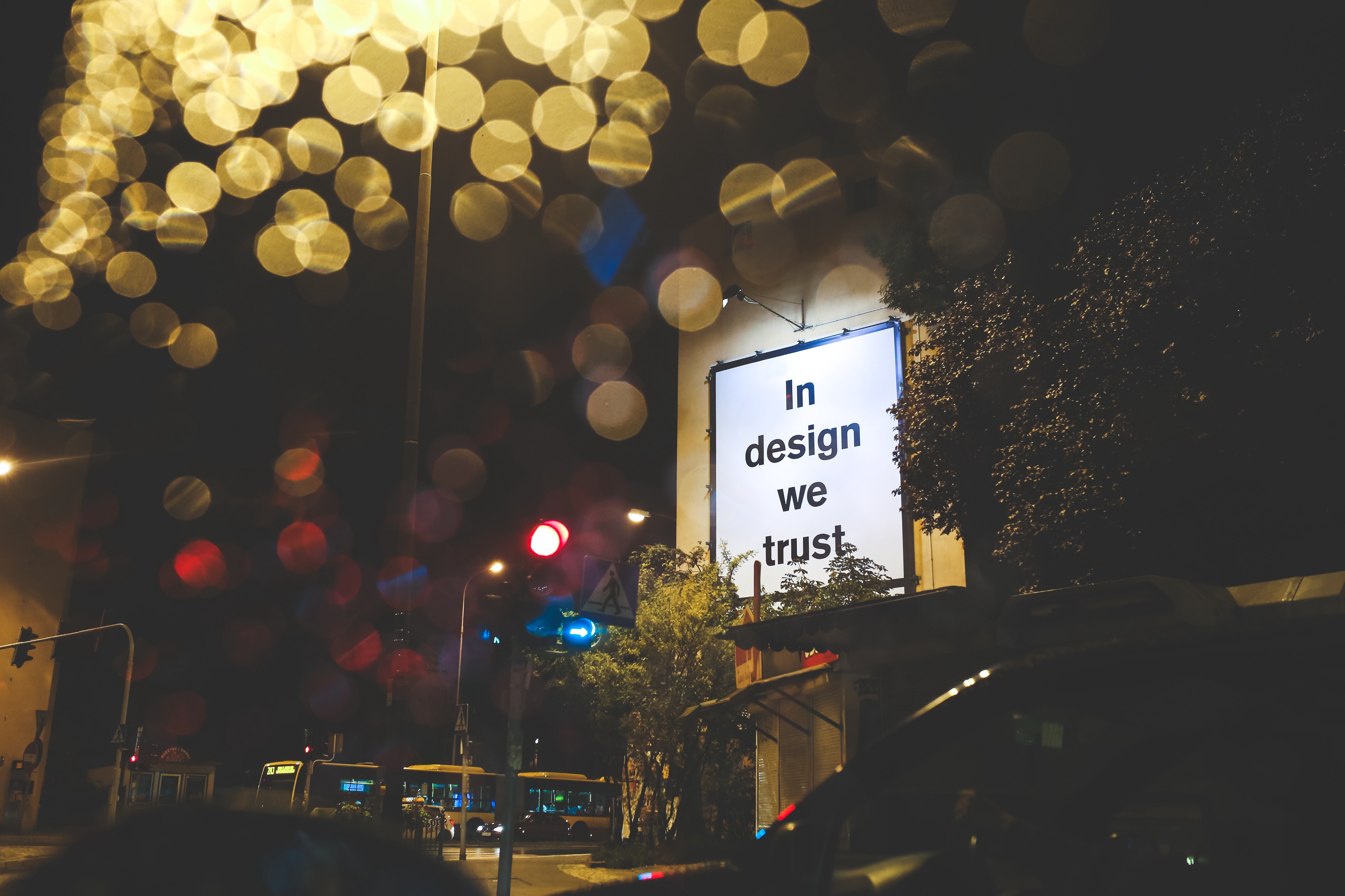So you are thinking about taking your company forward and you need to figure out how you can improve upon a design. You have a good idea of how the current design fits into the business and you want to stay with the plan. Now you need to figure out how you can make it better. Design is an important part of business but sometimes your plan may need to be changed or at least be examined to see what can be done.
There are so many aspects of a design that go into making a business successful, from layout to color scheme and function, everything must work together for the plan to work properly. You can get great ideas online and you should do your homework on how to incorporate them into your business. Sometimes the best idea is to hire a professional designer and let him or her to create the new look for you. If you do not have the budget right now, then you can always start with something more simple until you can afford it.
Whether you have a new idea or just want to try something new, the first step should always be to figure out how you can improve upon a design plan. There is nothing worse than working in a dull and boring environment but with a fresh and exciting look. You can always take your business and go out and find ways of how you can improve upon a design solution so that your business will look better and work better. It is important to get started designing today so that your company can grow and be a success.
What is good design in HCI?
What is good design in HCI? In the last decade, I have become increasingly fascinated by the “good” design movements. The term “good design” is very vague and I believe it has no meaning, other than to allow the artist’s imagination to guide the process.
Good design in H CI is an attempt to provide information to the user of a design process, or in other words, to share knowledge with the user. This knowledge can be shared in a non-technical way so that the designer does not have to rely on too much theory or knowledge of how to analyze large systems. Information architecture is a concept that has been growing in popularity as designers look for ways to implement “how” instead of just “what.” What is good design in H CI is a process of sharing knowledge about how information flows from source to target using modeling and research tools, in an artistic way, so that art becomes part of the design instead of something that have to be done.
Designing information architecture is a bit different than designing a website or a piece of computer hardware. One of the goals of information architecture is to ensure that the end user has an easy to use interface for accessing the information that the designer has chosen to share. Another goal of information architecture is to ensure that information is available to the user at all times. One of the benefits of information architecture is that it allows the designer to use knowledge of design techniques to create knowledge instead of creating knowledge in the form of art. What is good design in H CI is an artistic approach to information management, which is becoming more common as designers look for new ways to get knowledge to the public.

What is a design situation?
What is a design situation? A design situation is a graphical description of the current context in which a design intervention is being applied to cause meaningful change. The goal of designing is usually to enhance the way things are currently used, so design situations are descriptions of actual real-world situations that contain all the required data to define not only the current state of affairs, but also what kinds of changes will likely be made, how these changes will affect people’s lives, what kind of people will be most affected by these changes, etc. (by the way, a design situation is usually much more complex than this; see below.) Designing involves imagining how different things could look, how they will feel, or what other effects new changes will have on people.
The purpose of writing a design brief is to provide your readers with the information they need to understand the reasons behind your claims. For example, if you are talking about architectural design, you might talk about three design situations: constricted space, transitional space, and infinity. Each situation has its own peculiarities and requirements, which you will discuss in detail throughout the rest of this chapter. But briefly summarizing the key features of each situation will help you present your arguments in a more complete way, as described in the next section.
To summarize, a design situation is an illustration of the conditions under which a particular design intervention would be beneficial. In this chapter we’ll describe the three different design situations that are most common, as well as the advantages associated with each one. We’ll discuss the benefits inherent in a constricted space, transitional space, and infinity, and then conclude with a review of stapling as a design intervention that would benefit these and other design situations. In the next part of this module we will describe in detail the different design interventions that we will identify as beneficial. By the time you’ve finished reading this chapter, you will know precisely what is a design situation, how it is related to design principles and how using stapling can help you modify or overcome the obstacles inherent in each situation.
